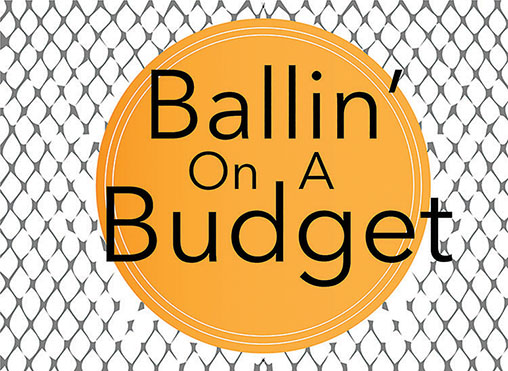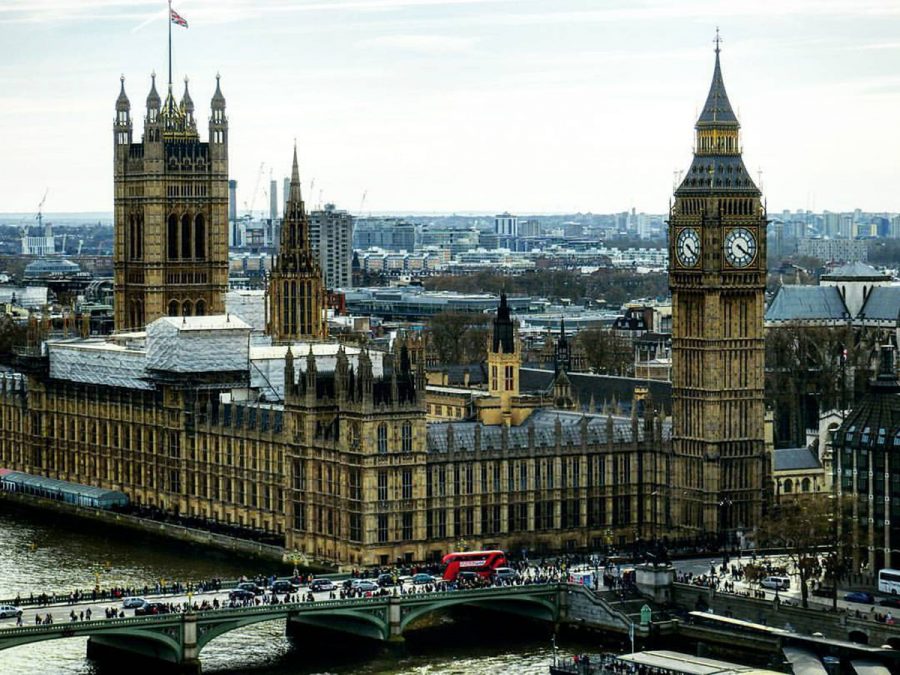Ballin’ on a Budget
Break international borders, not the bank
More stories from Rachel Helgeson

Photo by Savannah Reeves
Our world is getting smaller for people our age, but it’s not getting that much cheaper to travel. Globetrotting can be a big investment, but it’s worthwhile.
There isn’t always a hard-and-fast way to save big bucks on international travel — to be honest, a lot of my own international travel savings have come from timing and pure luck — but here are a few tips to ball on a budget around the world.
Before leaving and while traveling, it’s great to communicate with people who have done it all — made good financial choices as well as mistakes — and can give advice. Online platforms like travel blogs and Facebook pages allow for penny-pinching travelers to tweet, post or livestream their financial questions. I’m a part of a group on Facebook called Girls Love Travel and I’ve been so amazed by the creativity and innovation these women provide.
Websites such as Google Flights and Skyscanner compile the cheapest flights from a variety of airlines. Plane tickets fluctuate based on date, time and location, among other factors. Sites like Google Flights have actually graphed an entire calendar that predicts prices. This allows for travelers to keep an eye out for when flights will be at their cheapest.
An awareness of currency variations is also important to successfully stick to a travel budget. Currency conversion apps like the one OANDA offers are good resources for calculating the difference between U.S. and foreign currencies.
Another thing to note is cheaper international travel often leads to layovers and added travel steps — like train, bus or even boat rides — before reaching a final destination. Working around these things can be very rewarding. Not only do these extra steps save money, but they could allow for a more in-depth interaction with the location of travel.
Packing light and smart is vital to cheap travel. At an airport in Milan, Italy, I almost paid an extra 60 euros because I had a camera tripod sticking out of my backpack. Depending on the airline, checking a bag can be expensive, whereas carry-on bags usually fly free.
Food can quickly suck up a budget while abroad, especially in foodie nations like Italy, Japan or Mexico. To avoid overspending on food, choose one week day and one weekend day to have a nationally recognized meal. Also check and compare menus before sitting down. It’s important to limit alcohol intake as well — for monetary and safety reasons. On other days, simple packed meals of things like peanut butter sandwiches, jerky, nuts or fruit are the inexpensive way to go.
Souvenirs are sneaky budget-breakers. Buying too many can not only break the bank, but souvenirs also take up limited luggage space. Postcards were my go-to souvenirs in each country and city I visited. They’re light, cheap and literally paper-thin. Now, the postcards are hung all over my bedroom as decoration and serve as good visual reminders of the places I’ve seen.
Lastly, penny-pinching travelers should apply for a credit card that has travel rewards before embarking on their adventures. After spending months traveling in Europe and using a travel reward credit card when needed, I had enough points on my card to pay for half of my plane ticket back to Europe that next year. It may not seem like a lot of savings right away, but it can help in the long run. Typically, internationally recognized cards like Visa or Mastercard are accepted internationally.
Traveling isn’t cheap, but it is one of the most rewarding things someone can do. As I said before, there’s really no hard-and-fast answer on how to travel cheap, but even the smallest of savings add up. Saving on one trip creates financial opportunity for the next.
Helgeson can be reached at helgesre2671@uwec.edu.


